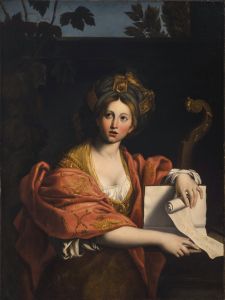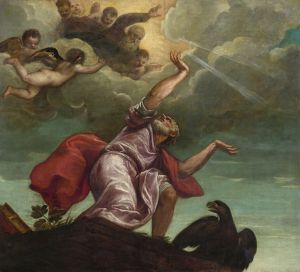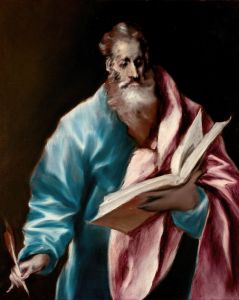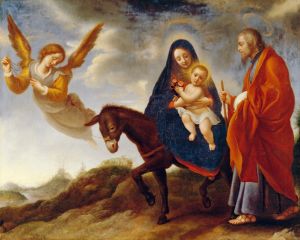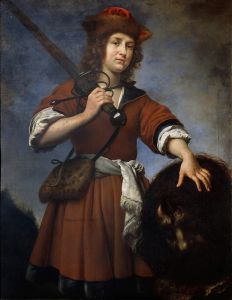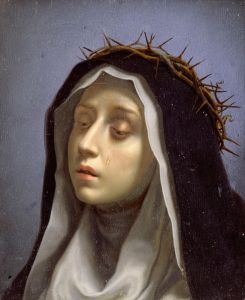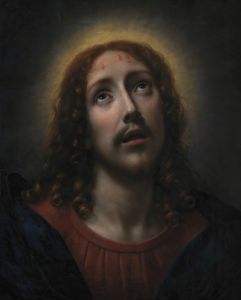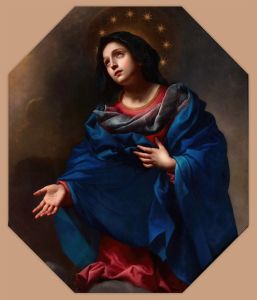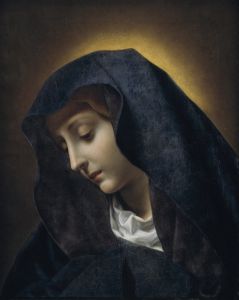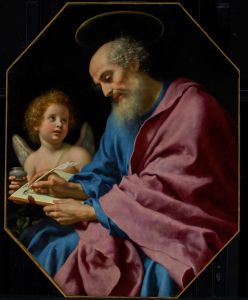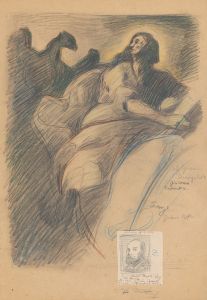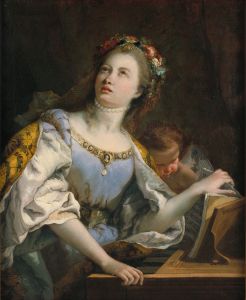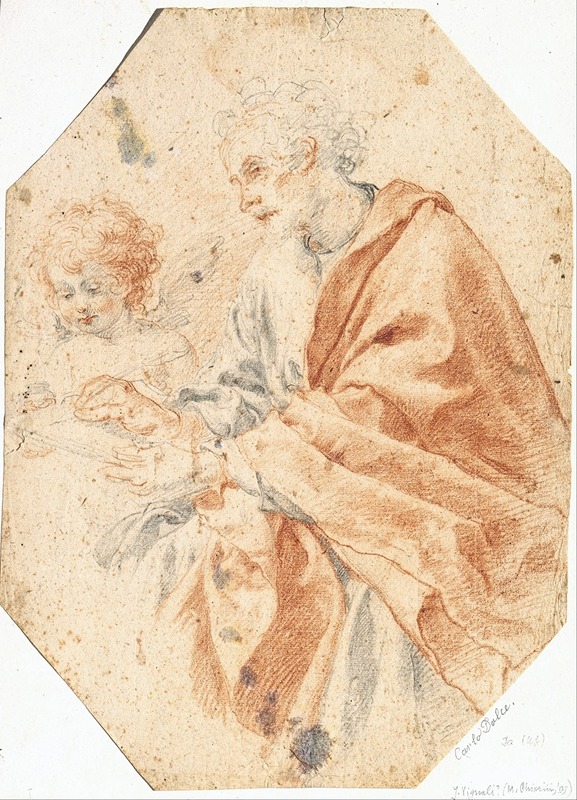
Study of the Evangelist Matthew and the Angel
A hand-painted replica of Carlo Dolci’s masterpiece Study of the Evangelist Matthew and the Angel, meticulously crafted by professional artists to capture the true essence of the original. Each piece is created with museum-quality canvas and rare mineral pigments, carefully painted by experienced artists with delicate brushstrokes and rich, layered colors to perfectly recreate the texture of the original artwork. Unlike machine-printed reproductions, this hand-painted version brings the painting to life, infused with the artist’s emotions and skill in every stroke. Whether for personal collection or home decoration, it instantly elevates the artistic atmosphere of any space.
Carlo Dolci's Study of the Evangelist Matthew and the Angel is a painting attributed to the renowned 17th-century Italian Baroque artist Carlo Dolci (1616–1686). Dolci, a native of Florence, was celebrated for his meticulous technique and deeply religious subject matter, which often reflected the Counter-Reformation's emphasis on piety and devotion. His works are characterized by their refined detail, luminous color palette, and serene emotional tone.
This painting depicts Saint Matthew, one of the four Evangelists, accompanied by an angel. The angel, a common motif in Christian art, is traditionally associated with Saint Matthew as his divine inspiration for writing the Gospel. In the composition, Saint Matthew is shown in a contemplative pose, often interpreted as him receiving guidance or dictation from the angel. The interaction between the saint and the angel emphasizes the divine origin of the Gospel and underscores the spiritual connection between humanity and the divine.
Dolci's style is evident in the painting's fine details, such as the textures of the fabrics, the soft rendering of the figures' features, and the delicate interplay of light and shadow. His ability to convey a sense of intimacy and reverence is a hallmark of his religious works. The painting's serene atmosphere and harmonious composition reflect Dolci's dedication to creating works that inspire devotion and reflection.
While the exact date of the painting's creation is not definitively documented, it is consistent with Dolci's mature period, during which he produced many of his most celebrated religious works. The painting is often noted for its technical precision and emotional depth, qualities that have made Dolci's art highly regarded among collectors and art historians.
As with many of Dolci's works, Study of the Evangelist Matthew and the Angel has been praised for its ability to combine technical mastery with spiritual intensity. The painting is an example of how Dolci's art aligns with the broader goals of Baroque religious painting, which sought to engage viewers emotionally and draw them closer to the divine.
The current location of the painting is not specified in widely available sources, and further details about its provenance or commission are not documented. However, it remains an important example of Dolci's contribution to Baroque religious art and his enduring legacy as one of the most skilled painters of his time.





